Near-Field Wavefront Engineering and Bending Beams for Wireless THz Communications
It is too early to precisely define what future wireless systems of the sixth generation (6G) will entail. However, using the THz spectrum is emerging as a recurrent theme. Operating at such high frequencies offers significant advantages, primarily the availability of wider bandwidths that enable data rates exceeding hundreds of Gbps or even reaching the Tbps range. Despite this potential, fundamental propagation challenges hinder the widespread implementation of THz communications. Blockage is a critical obstacle, as the presence of objects and users in the beam path can obstrct THz waves and disrupt communication links. To address this challenge, we propose the implementation of self-accelerated Airy beams, a remarkable class of electromagnetic waves that possess the intriguing property of following curved trajectories through space. In our research, we investigate their physics, optimize their generation and control, and analyze their impact on network architecture and performance.
- Curving THz wireless data links around obstacles, Nature Communications Engineering 3(1), 58, 2024.
- Exploiting Quasi-Optics and Near-Field Trajectory Engineering for THz Communications, IEEE RAPID 2024.
- Curving THz Beams in the Near Field: A Framework to Compute Link Budgets, EuCAP 2024.
- Blockage Mitigation via Curved Airy Beams in Near-Field Terahertz Communications Beyond 6G, IEEE CCNC 2025.
Metasurfaces, Waveguides, and Photonic Crystals
The development of THz applications demands specialized components that cannot simply adapt existing electronic designs. Traditional signal processing devices, for example, lack the speed necessary to handle the high data rate of THz signals. Another issue is the losses in standard PCB materials at high frequencies. Our research focuses on low-loss devices that can operate over broad bandwidths. We design photonic crystal structures with carefully engineered bandgap channels that can guide and manipulate THz waves while maintaining high transmission efficiency. We also create metamaterials and metasurfaces that leverage sub-wavelength geometry to achieve bulk electromagnetic properties. These approaches are feasible because fabricating sub-wavelength structures is more practical at THz frequencies compared to optical wavelengths. We develop innovative fabrication techniques, such as hot stamping, 3D printing, and laser micromachining, to manufacture these specialized components.
- High-volume rapid prototyping technique for terahertz metallic metasurfaces, Optics Express 29(9), 13806-13814, 2021.
- Planar Porous Components for Low‐Loss Terahertz Optics, Advanced Optical Materials 7(15), 1900236, 2019.
- Silk foam terahertz waveguides, Advanced Optical Materials 2(12), 1181-1192, 2014.
Leaky-Wave Antennas in the THz Band
Propagation losses is another predominant challenge at THz frequencies. Free space path losses increase quadratically with frequency, exceeding 100 dB in the THz range even across mere meter-long distances. To solve this challenge, we design and study leaky-wave antennas at THz frequencies. These antennas offer remarkable engineering flexibility due to the waveguide confinement prior to emission, enabling the creation of highly directional, pencil-like beams. More importantly, they possess a rainbow characteristic in their radiation pattern, where the output angle varies as a function of frequency. This property opens doors to numerous applications, including frequency/space-division multiplexing, sensing, localization, and imaging. In our research, we develop leaky-wave antennas specifically optimized for the THz range, and investigate their potential in innovative applications.
- Efficient leaky-wave antennas at terahertz frequencies generating highly directional beams, Applied Physics Letters 117(26), 261103, 2020.
- Conformal leaky-wave antennas for wireless terahertz communications, Nature Communications Engineering 2(1), 2023.
- 3D-Printed Photonic Crystal Sub-Terahertz Leaky-Wave Antenna, Advanced Materials Technologies, 2300698, 2024.
Imaging and Sensing at THz Frequencies
As frequencies enter the THz range, new frontiers in sensing and imaging are opening. Over the past 20 years, THz technology has demonstrated promise across diverse fields, from quality control, biomedical diagnostics to security screening. The emergence of 6G communications has renewed interest in the field, as these networks will require advanced imaging and sensing capabilities for user localization, a convergence referred to as Joint communication and sensing. THz waves offer unique capabilities for imaging. Similar to microwaves they can penetrate most dielectric materials, but with significantly better resolutions thanks to their smaller wavelengths. Using pulsed time-domain systems enable coherent broadband measurements, allowing various modalities such as time-of-flight imaging, hyperspectral imaging, and spectroscopic identification. Additionally, due to their low photon energies, THz waves do not cause harmful photoionization in biological media. However, despite its immense potential, several technical challenges hinder the widespread adoption of THz imaging in practical applications. Our research focuses on developing new imaging systems along with computational techniques to enable dramatic reduction in acquisition times and improved resolutions beyond the diffraction limit.
- Toward real-time terahertz imaging, Advances in Optics and Photonics 10(4), 843-938, 2018.
- Exploiting k-space/frequency duality toward real-time terahertz imaging, Optica 5(2), 109-116, 2018.
- Super-Resolution Orthogonal Deterministic Imaging Technique for Terahertz Subwavelength Microscopy, ACS Photonics 7(7), 1866-1875, 2020.
